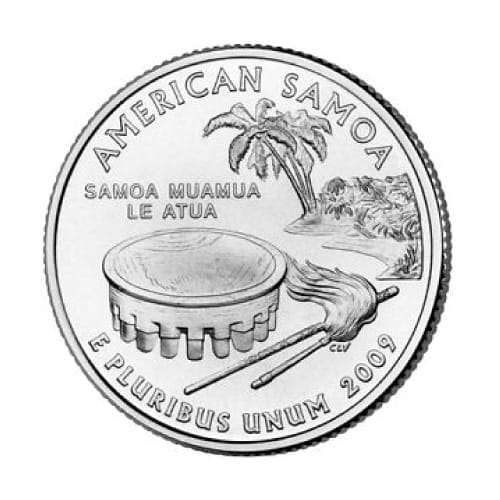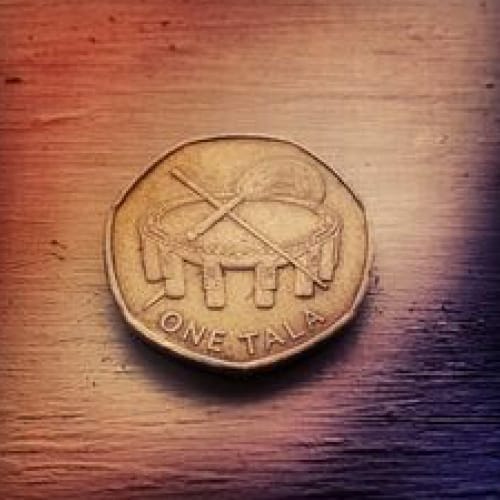Kava Culture
Centuries of Relaxation & Celebration
Kava Culture: Sensation of The South Pacific
Drinking kava has been an important tradition of most South Pacific island nations for centuries. Kava’s cultural significance goes far beyond being a common beverage to those islands. Kava is ingrained in everyday life, and kava ceremonies carry on to this day.
The Long, Relaxing History of Kava
While historical records first mention the Western world learning of kava in 1616, Pacific Islanders have cherished kava for centuries. Kava’s exact origins remain uncertain, but it’s believed to come from Vanuatu due to its diverse kava varieties. As early explorers brought kava with them on their voyages, kava spread across the South Pacific islands. This led to over 100 kava cultivars and kava becoming integral to cultural heritage and ceremonies on each island.

Kava Ceremonies
Throughout the South Pacific, kava drinking has been part of reverent ceremonies since ancient times. The installation of a new village chief, agreements between communities, or the welcoming of an important visitor always includes a kava ceremony. In Tonga, the installment of the king or a noble title is not complete until they conduct a kava ceremony.
Kava ceremonies differ depending on the island, but they share many similarities, especially in preparation. When kava is prepared in a “traditional” way, the drink is often prepared in a carved wooden bowl called a tanoa or kumete. It is then served to the individuals participating in the ceremony in a cup carved from half a coconut called a bilo (Fiji). Commonly, the first to receive the cup will be the Chief or highest-ranking individual. Then, the cup will pass through the group in descending order based on rank.
These long-standing cultural traditions continue to this day. In 2018, the inauguration of Britain’s Prince Charles as an honorary high chief in Vanuatu included a kava ceremony. The prince drank from a cup of very special kava known as Royal Kava. This kava is reserved for special occasions and was last consumed when his father, the Duke of Edinburgh, visited in 1974. His son, Prince Harry, also sipped kava during an official visit to Fiji with his wife, Megan Merkel, in 2018.
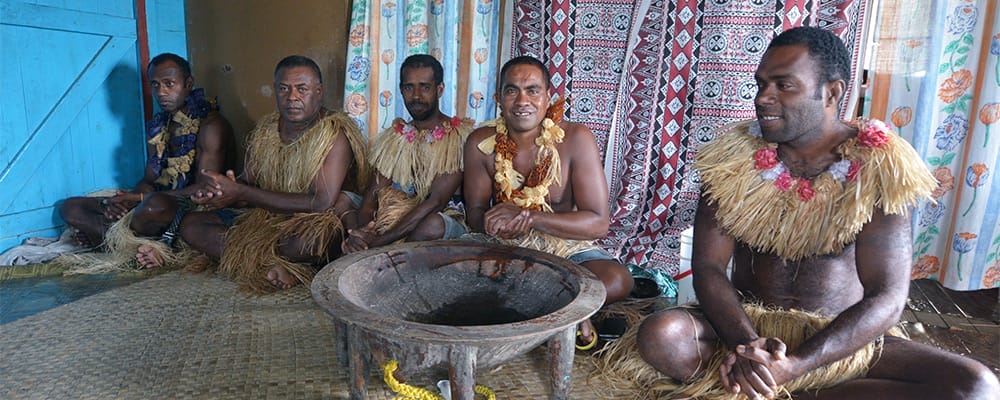
Kava for Medicinal Use
In addition to ceremonial purposes, kava has been used for medicinal purposes on the islands for centuries. Village healers and medicine men would often turn to kava as a natural remedy and cure. Kava is highly valued by islanders for its ability to calm, relax, and even sedate individuals struggling with stress, fretfulness, troublesome thoughts, or an inability to sleep and rest. It is also used as a muscle relaxant and, in certain varieties, as a diuretic. Learn more about the positive effects of kava.
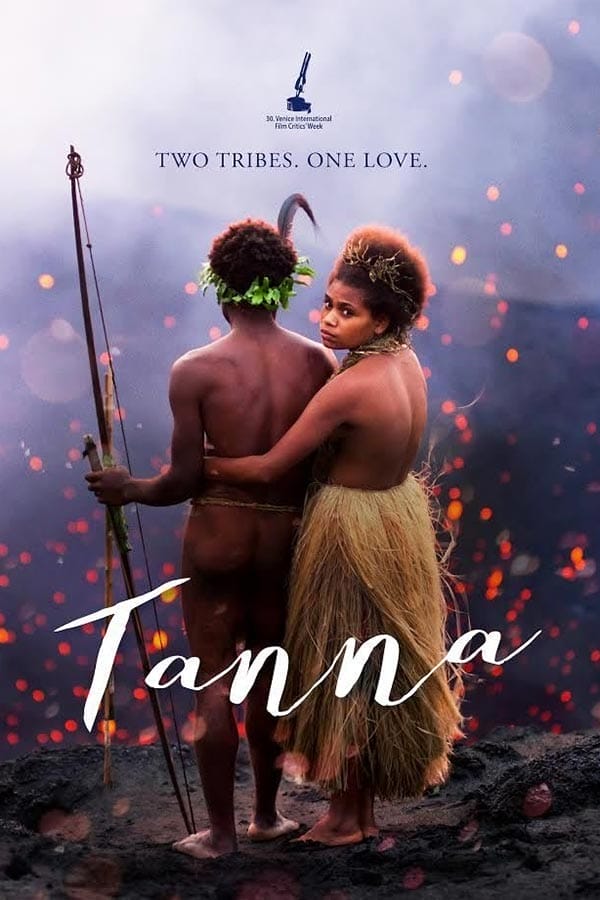

Resolving Conflict with Kava
In the South Pacific, village meetings often turn to kava for conflict resolution. A kava session would typically be the last attempt for feuding tribes to come together to reach an amicable agreement. Combatants would gather and sit down to drink kava together and discuss their issues. Frequently, they found a way to resolve their issues without the need for fighting.
Kava is often still used as a peace offering in conflict situations in the South Pacific. In 2017, during the making of the Oscar-nominated movie Tanna, film casting decisions led to a dispute between two local tribes. The argument was soon resolved after an exchange of kava.
Kava: The Everyday Drink
Down the years, kava ceremonies wove into the celebrations that marked everyday family and village life. Births, weddings, anniversaries, and funerals included the drinking of kava. In a traditional wedding ceremony, a gift of kava is exchanged to symbolize the binding together of two families. The marking of the significant milestones in the life of an individual, family, or community will all include a kava ceremony.
Now, kava culture has progressed into the choice beverage for socializing. In present times on the islands, drinking kava for social relaxation is as common as drinking a glass of wine or beer is in the United States or Europe.
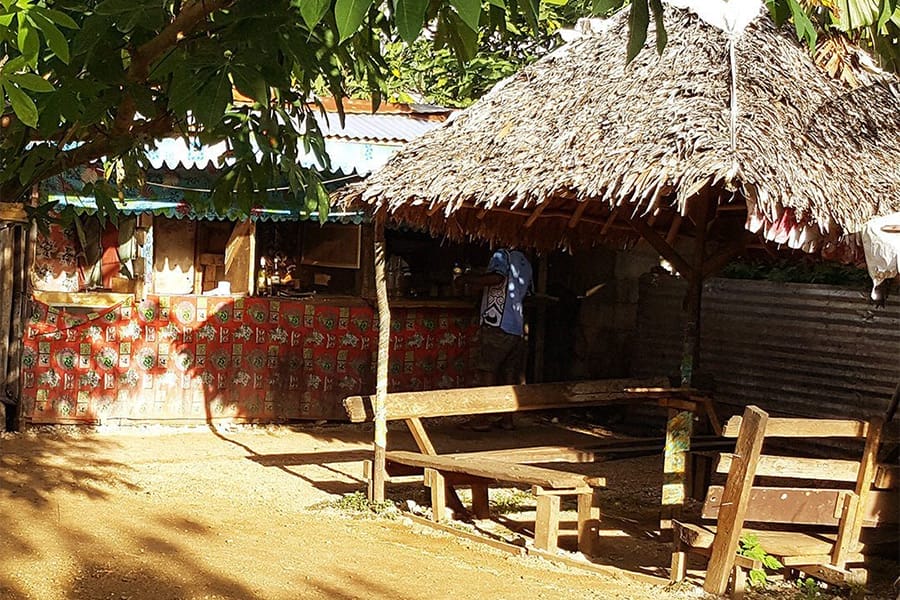
Kava: An Island State of Mind
Every island across the South Pacific has its own unique approach to kava, infusing its rich culture into its kava practices.
Fiji
In Fiji, kava, or yaqona, is the official national drink. At a Fijian kava ceremony (Sevusevu), yaqona is prepared at the start of the ceremony, not in advance. The first person to take a drink of the kava from the ceremonial bowl will be the Chief or most senior person in the group. The ritual requires the Chief and every subsequent person to clap once before and three times after drinking, many times cheering “Bula!” before a shell. Bula is a Fijian word that translates as a toast or well wishes of happiness and good health.
According to tradition, any individual visiting a Fijian village has to give a gift of kava to the head of that village. Also, it is not uncommon for a visitor to be required to drink kava with village elders before doing business with the community.
Throughout Fijian villages, families and friends commonly consume kava for its relaxing effects. Both men and women drink it without any discrimination, whereas on other islands, only men can drink kava.
At Kalm with Kava, we carry a kava variety shipped fresh from kava farms in Fiji: Loa Waka. Loa Waka kava is the strongest Fijian kava we carry, and one of the strongest on the market, known for its powerful mind and body relaxation effects.
Vanuatu
Vanuatu is home to the most varieties of kava and is most likely where the plant originates. Kava culture is extremely popular in Vanuatu. For reference, the main city of Port Vila has an estimated population of 45,000 people and over 250 kava bars. In Vanuatu, a kava bar is referred to as a nakamal or meeting place. Traditionally, men only were allowed to drink at nakamals. Today in Port Vila, you will see both men and women enjoying freshly prepared kava in one of the many nakamals in town.
At nakamals, kava is usually served in the coconut shell. However, when visiting an urbanized location in Vanuatu, you will also see it being served in glass or plastic bowls. In Vanuatu, a kava beverage is usually prepared with modern mechanical equipment. But in many remote villages, kava is still prepared traditionally by pulverizing the roots using stone grinders. Sometimes, you will even see kava root being chewed and spat out into containers to make it ready for drinking.
We carry several popular kava varieties from Vanuatu, sourced directly from kava farmers on the island for quality effects and freshness: Melomelo, Borogu, and Borongoru.
Tonga
Tonga’s style of consuming kava is vastly different compared to the two previous countries. In Tonga, usually only men can drink kava. Women can serve kava, but they are not allowed to drink it. This is actually an important part of courtship in the country. The ongoing tradition is for kava to be served in club meetings by young, single women. The custom dictates that the girl who serves the drink should not be related to any member of the club, as the drinkers can be vying for her attention for possible marriage. If the girl is related to a club member, then that member is required to leave the club for that evening.
During a club meeting, the men talk and sing as they drink kava. In Tongatapu, the main island of Tonga, kava can be consumed only on Wednesdays and Saturdays. In other locations, it can be consumed any day. Kava drinking sessions or club meetings usually happen at night and can last hours upon hours.
Pouni Ono is one of the most popular Tongan kavas we carry, famous for its smooth, easy taste and happiness-inducing relaxation effects. This heady kava is sourced directly from small Tongan farmers in the South Pacific for quality, freshness, and better effects.
Hawaii
Hawaiians call kava “awa,” and over 13 unique types or varieties are grown on the Hawaiian islands. Some of the most popular strains are Mahakea and Mo’i. Kava culture is widespread on the Hawaiian islands, including kava drinking and awa ceremonies. There are many commercial kava bars operating seven days a week frequented by both men and women. In Hawaii, kava is often featured in local medicines as well as in social, religious, cultural, and political events.
Kava-Inspired Currency
You can tell the prominence of kava in South Pacific culture just by their currency: it features kava! Many South Pacific countries feature a tanoa (a traditional bowl used for serving kava) or a kava plant on their coins. Coins that depict the tanoa include the Fijian 1-cent coin, the limited edition 2009 American Samoa Quarter, a Fijian $2 coin first issued in 2012, a Samoan Tala, and the Vanuatuan 50 Vatu coin.
One concept included a man with a traditional Samoan tattoo holding an ava, (kava) bowl, another a traditional Samoan guest house with a head-dress and ava bowl and the third the ava bowl, a whisk and staff and coconut tree. Artistic renderings were produced by the United States Mint and sent back to the territory. Governor Tulafono then recommended that the design incorporating the ava bowl, whisk and staff, and coconut tree be the American Samoa quarter and The Secretary of the Treasury approved this.
The use of a tanoa image on these currencies is a clear indication of the cultural significance of kava in the region. In Samoan culture the ava ceremony is considered the most significant traditional event. The whisk and staff on the coin symbolize the rank of the Samoan orator delivering speeches during these ava gatherings. Interestingly, the ava bowl, whisk and staff also appear on the Official Seal of American Samoa.
Sip & Sink into Kava Culture
Kava is an experience meant to be shared, and we love sharing it with you! If you’re looking for natural stress-relief and a relaxing way to unwind with your loved ones, shop our premium, 100% Noble kava products today.
Relax Your Mind & Body Naturally
Now that you’ve graduated from Kalm University, why not try some for yourself?





